The Portrait-thinking about lenses
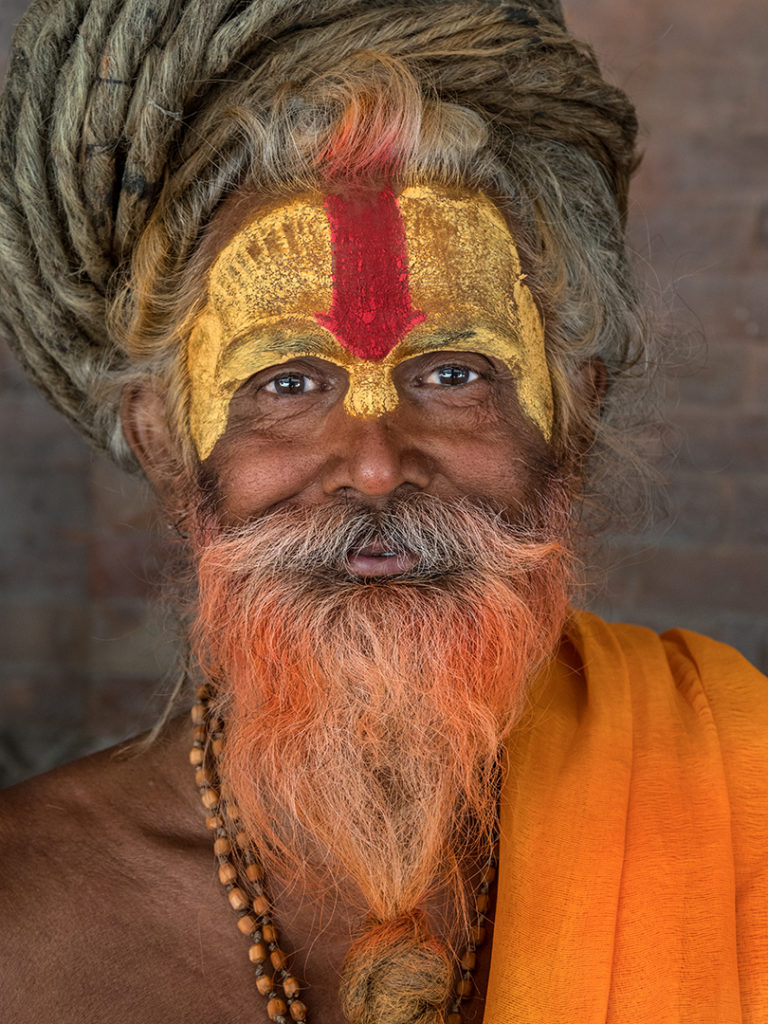
Holy Man, Kathmandu, Nepal 12-100mm f4
One of the great powers of photography is its ability to capture and share portraits, be it people or animal. We love looking at others, both from nearby and abroad, because a good portrait can help define and describe our subject.
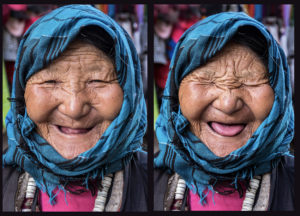
Tibetan woman reacting to having her picture made 12-100mm f4
.
I love photographing people, actually any and all portraits. In our camera bag we carry various lenses: those used to photograph people, make portraits of our pets, animals, anything that walks or crawls. Each of these lenses provides a unique and specific look. With our cameras, we can use those lenses to create either a standard or environmental portrait. A standard portrait is usually a fairly close-up image, filling the frame with the subject. An environmental portrait includes the subject as well as background info, which provides that important information of place. Photographing people is something I love and I encourage other photographers to include that skill in their photographic range. It can be an intimidating process, the idea of approaching a total stranger, either domestically or internationally. But, with a little practice as well as a little nerve, the comfort level in this process can be improved.
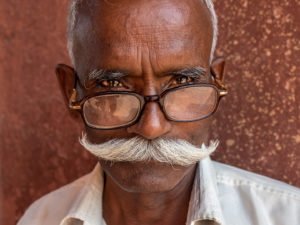
Man in Agra, India 12-100mm f4
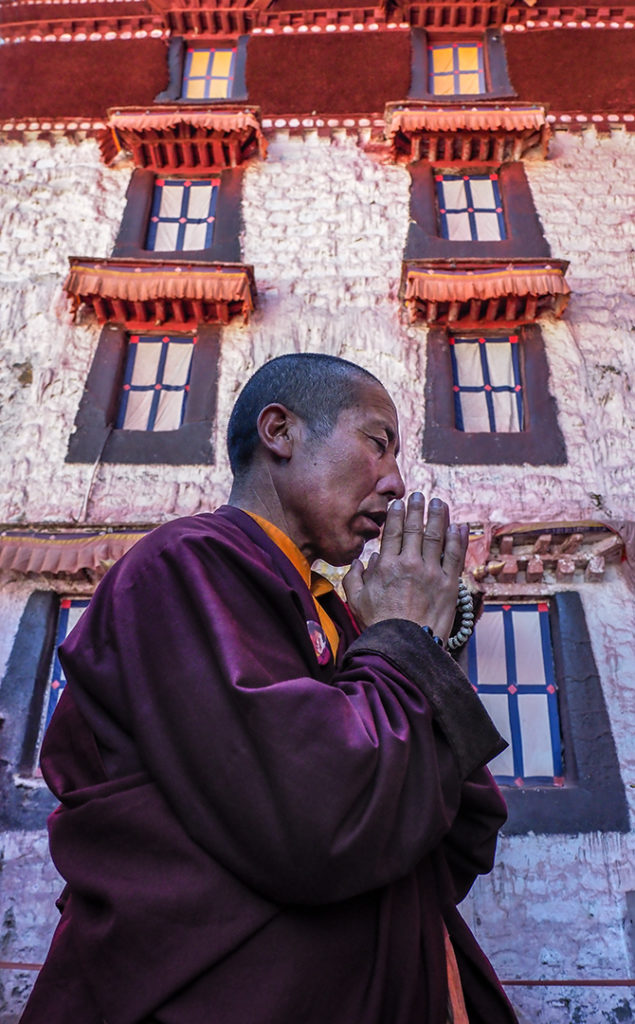
Tibetan Monk, Potala Palace, Lhasa, Tibet 12-100mm f4
Super-wide: Olympus 7-14mm f2.8
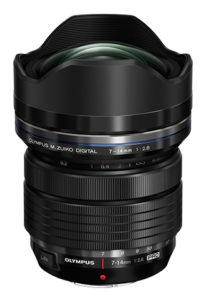
Olympus 7-14mm f2.8
This great lens provides a huge field of view, in 35mm equivalence from 14mm to 28mm, or 114∞ to 75∞, which in laymanís terms is REALLY wide. One of the great advantages of working with this lens when photographing people is you can be physically very close to your subject. That closeness can be beneficial as it allows you to connect more readily with your subject. You also can take advantage of that huge field of view by bringing in the background information, which makes this a great environmental portrait lens. The photographer has to be careful as that information can overwhelm the viewer.
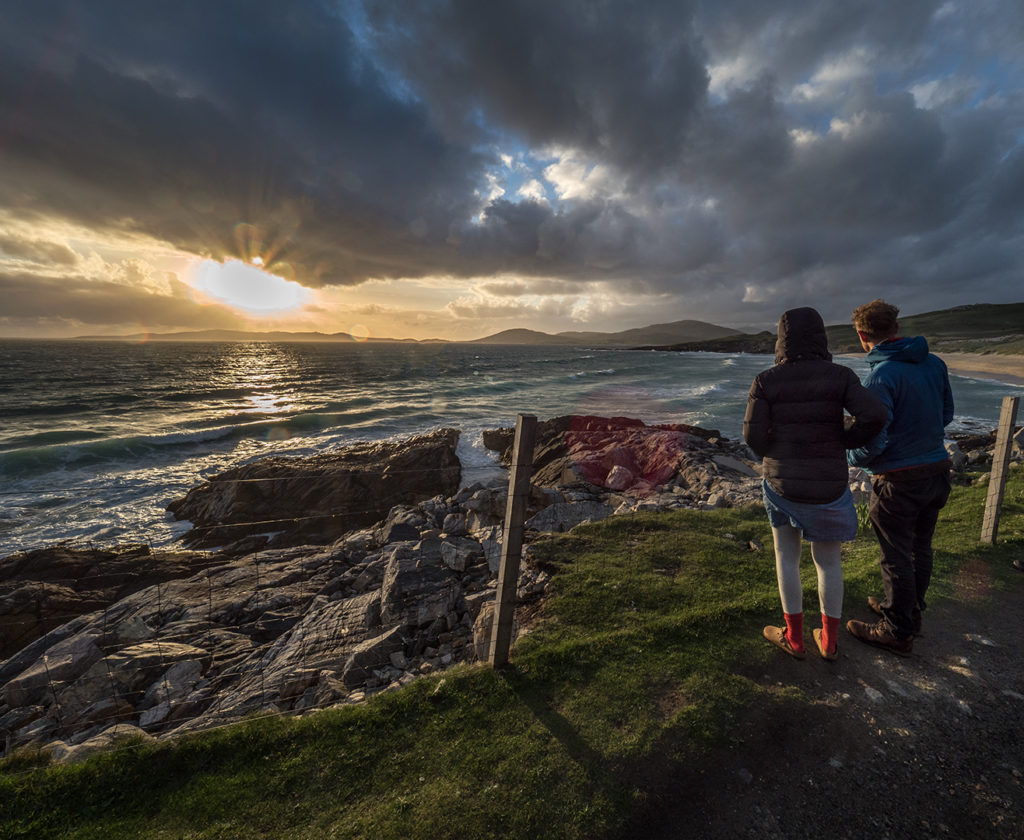
Isle of Harris, Scotland 7-14mm f2.8
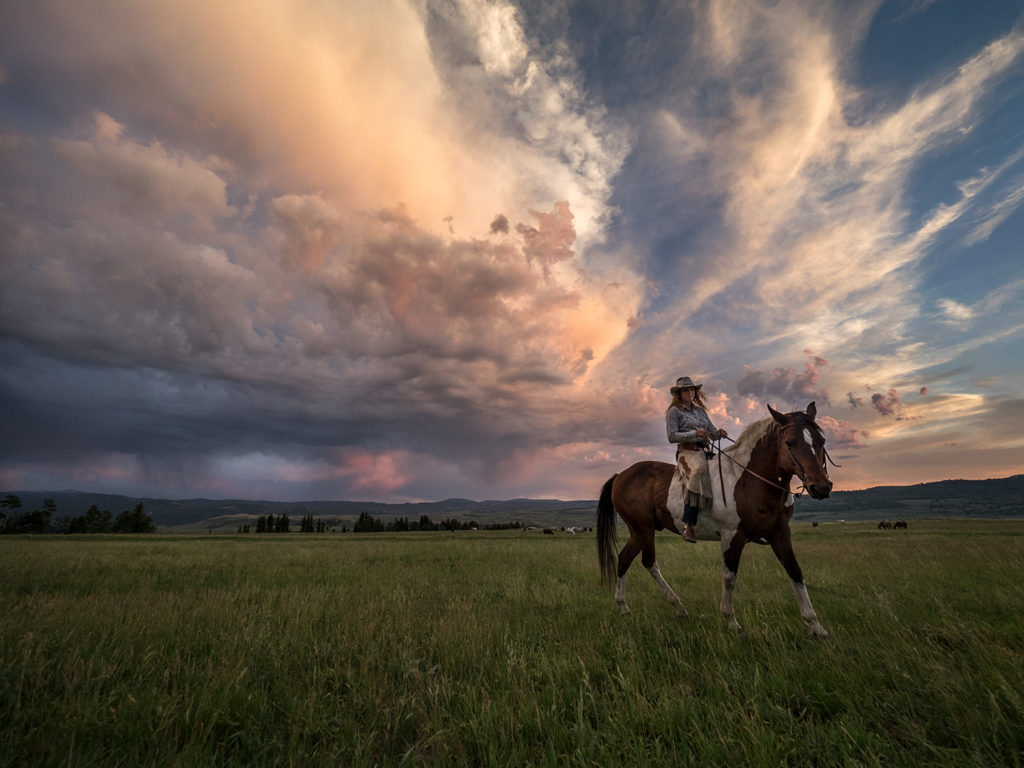
Dubois, WY wrangler 7-14mm f2.8
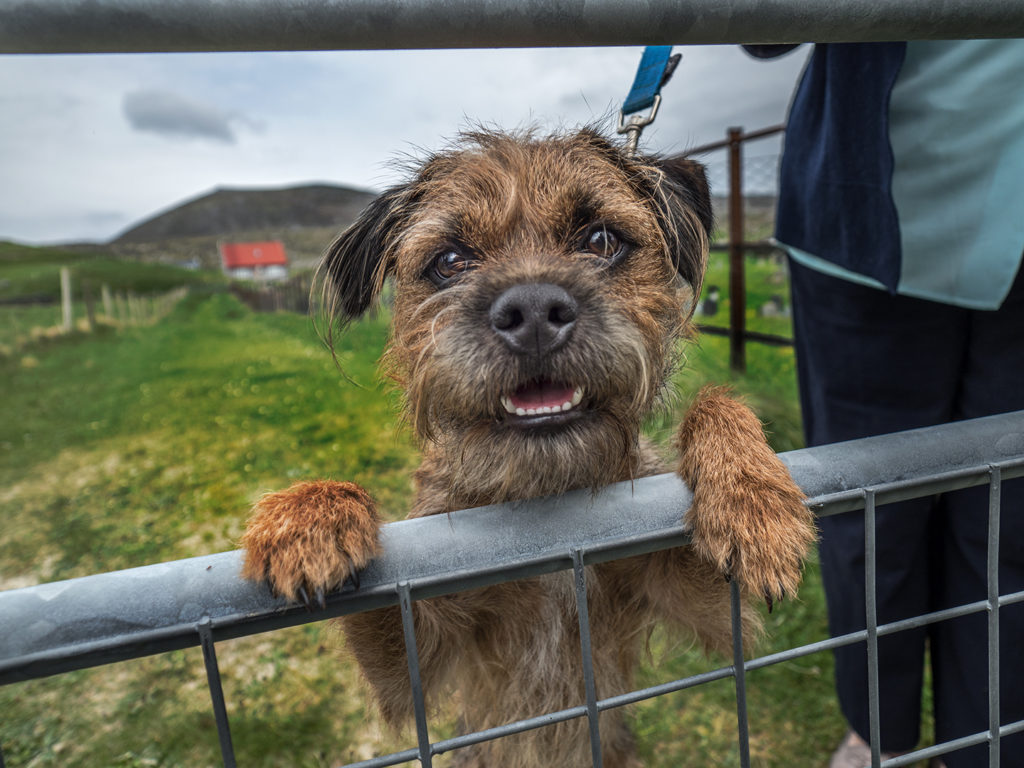
Isle of Harris, Scotland 7-14mm f2.8
Using this as an environmental portrait lens, watch the background closely. Your subject, if in the near foreground, can also be distorted if placed too close to the edge. The lens is ìrectilinear,î meaning if held level the horizontal and vertical lines will appear to be straight. Tilt the lens up or down, and you will force those lines to distort. There are times I do want as much information as possible, usually to emphasize the background. Working with ìplanesî of information, Iíll place my subject in a foreground plane, allowing the background to be a second layer of information, telling me about that person and the importance of place.
Wide to short telephoto: 12-40mm f2.8 / 12-100mm f4
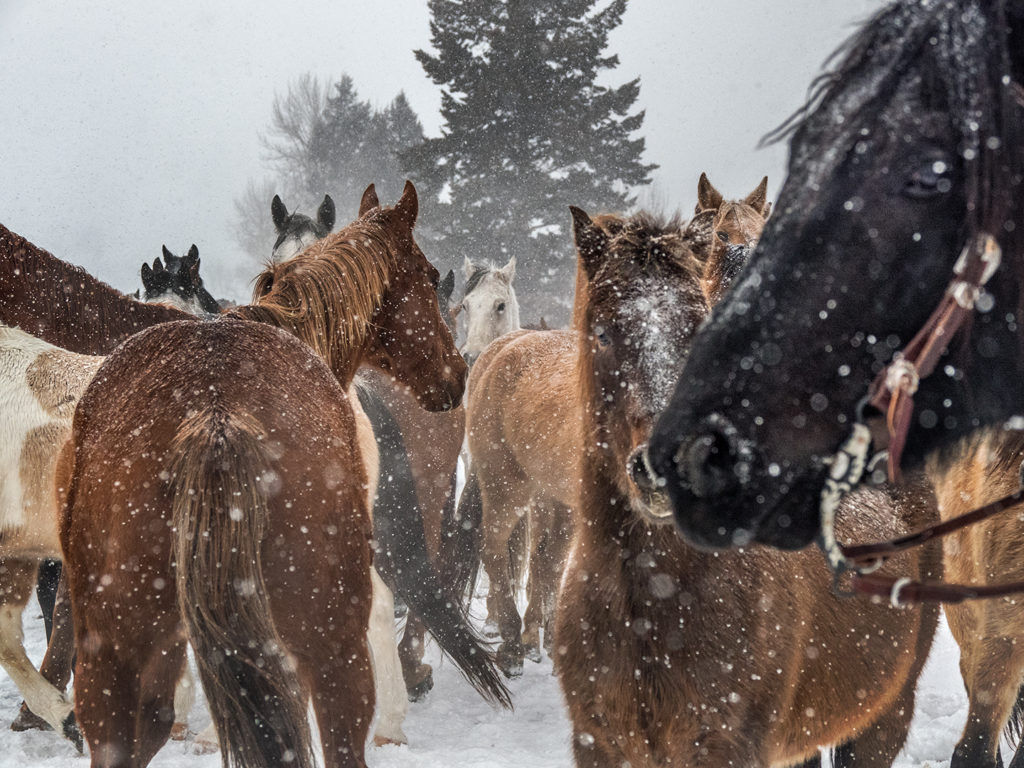
Montana winter horse herd 12-100mm f4
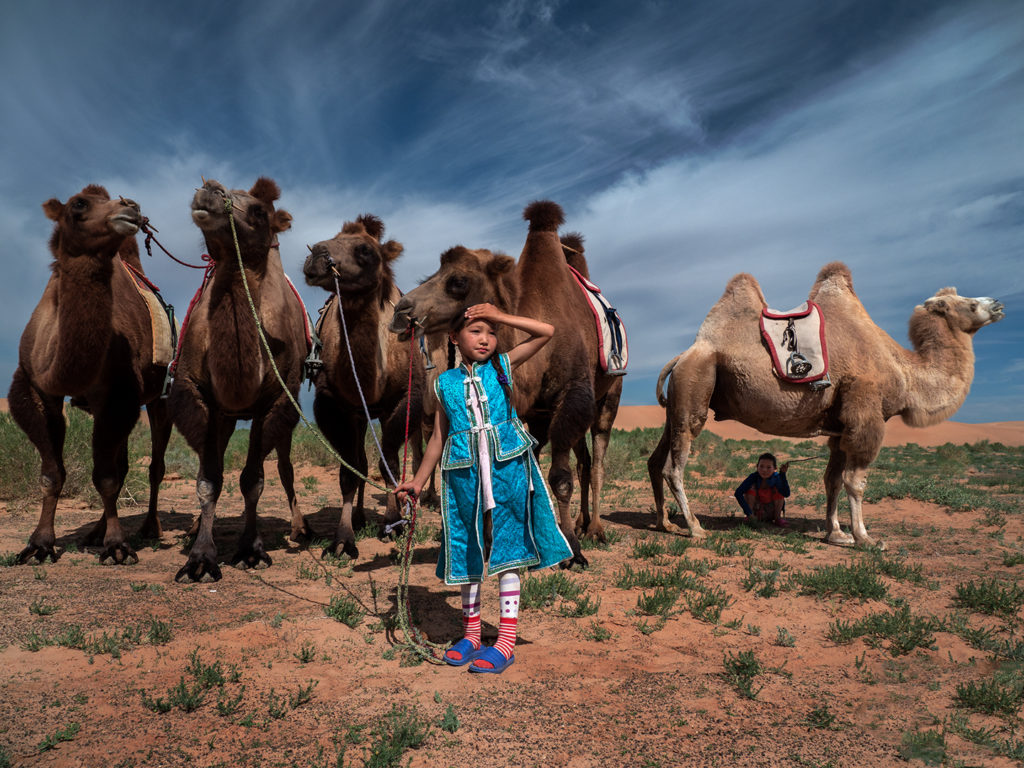
Mongolia camel herd, Gobi Desert 12-100mm f4
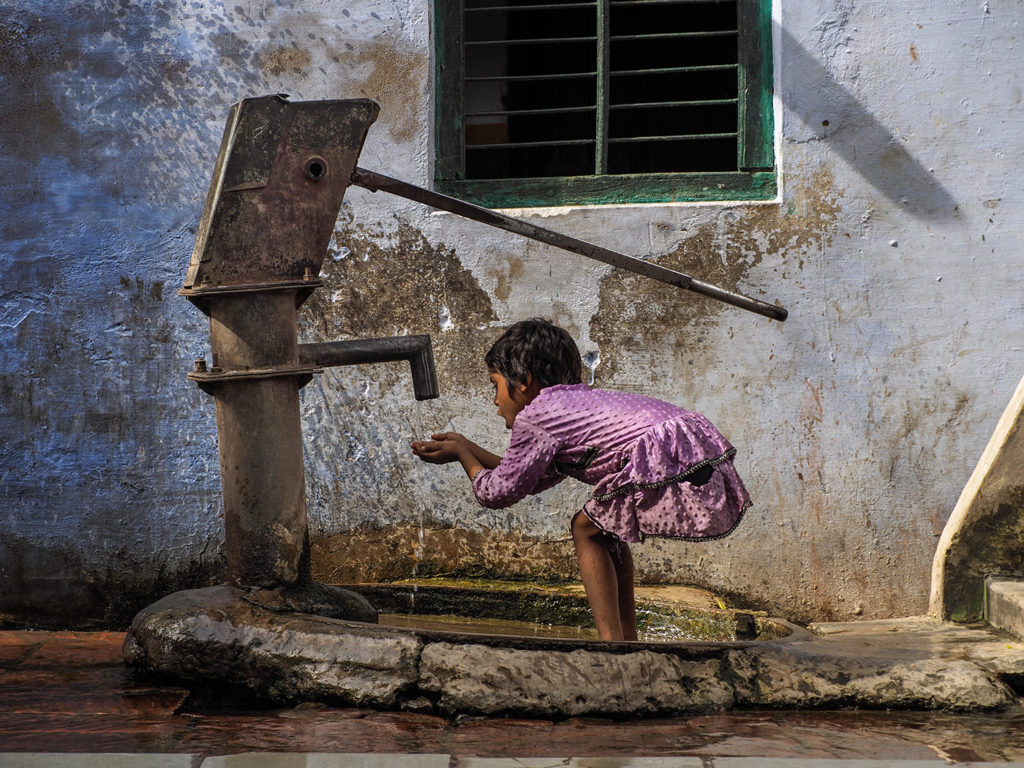
Kacchpura Village, India 12-100mm f4
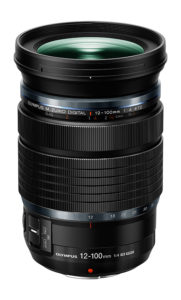
Olympus 12-100mm f4
We use the term “normal lens” to describe this length as it closely replicates the field of view the human eye sees. The eye is so sophisticated as it zooms effortlessly to what it needs at that moment. When using the wider range, the 12mm setting, greater and inherent “depth of field,” or DOF,which is the zone of focus, from foreground to background. Wider lenses have greater DOF, longer have less. The photographer can use that DOF for creative purposes, either blurring the background by shooting at a large f-stop (diaphragm of the lens, smaller numbers give less DOF) or utilizing a small f-stop, creating a deeper DOF, more in focus from foreground to background. This is a great focal length with which to work as it allows the photographer to be close to the subject, but not “in their face.” I love working close enough that I feel a connection to my subject, instead of being too far away.
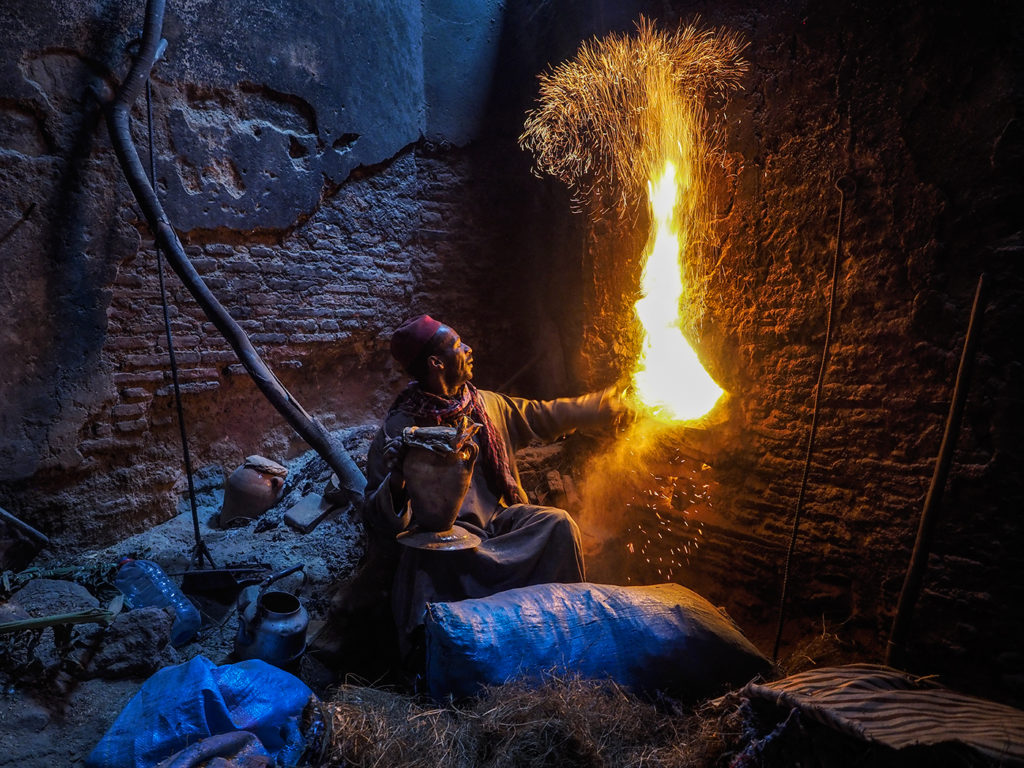
Marrakech, Morocco fire tender 12-100mm f4
Medium to Long telephoto: 40-150mm f2.8
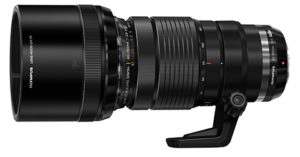
Olympus 40-150mm f2.8
The longer the lens, the shallower DOF you get in a photo. The closer to the 40mm on this lens, the greater the DOF and conversely, the closer to 150mm, the less depth of field. The out of focus visual quality of a lens is referred to as “bokeh.” By stopping these longer lenses down to an f-stop of f 11 or smaller, the photographer dictates the amount of background that is in focus, in between, or out of focus . There is a reason for spending the extra money for a fast lens, and the ability to control the amount of focus or de-focus is a prime consideration. This medium-length lens can allow you to work a bit further from the subject.
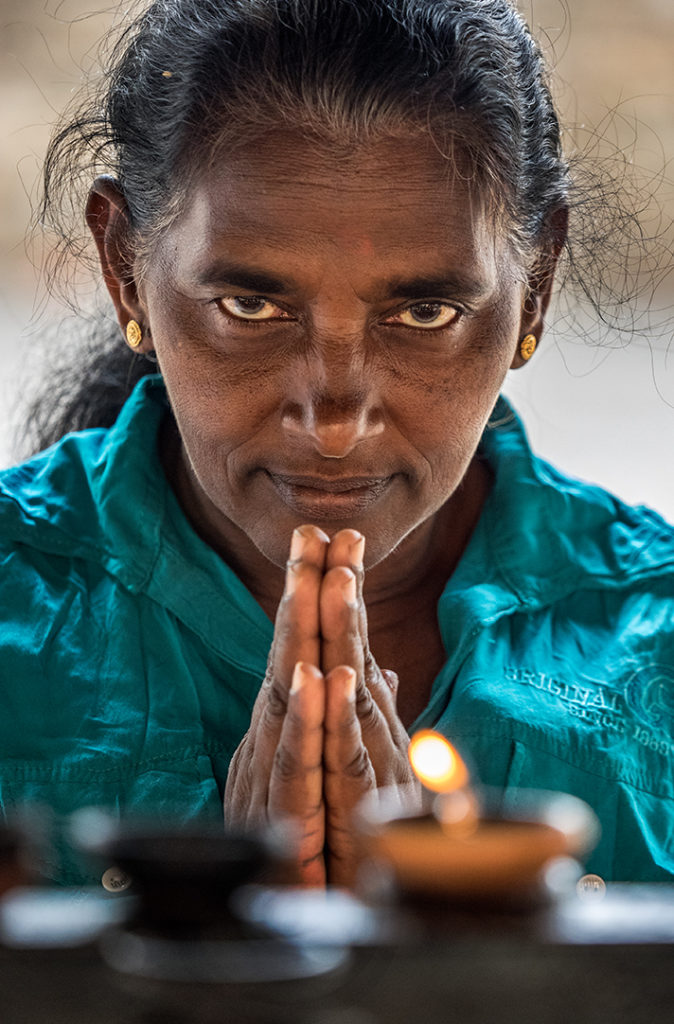
Sri Lanka Temple worshipper 40-150mm f2.8
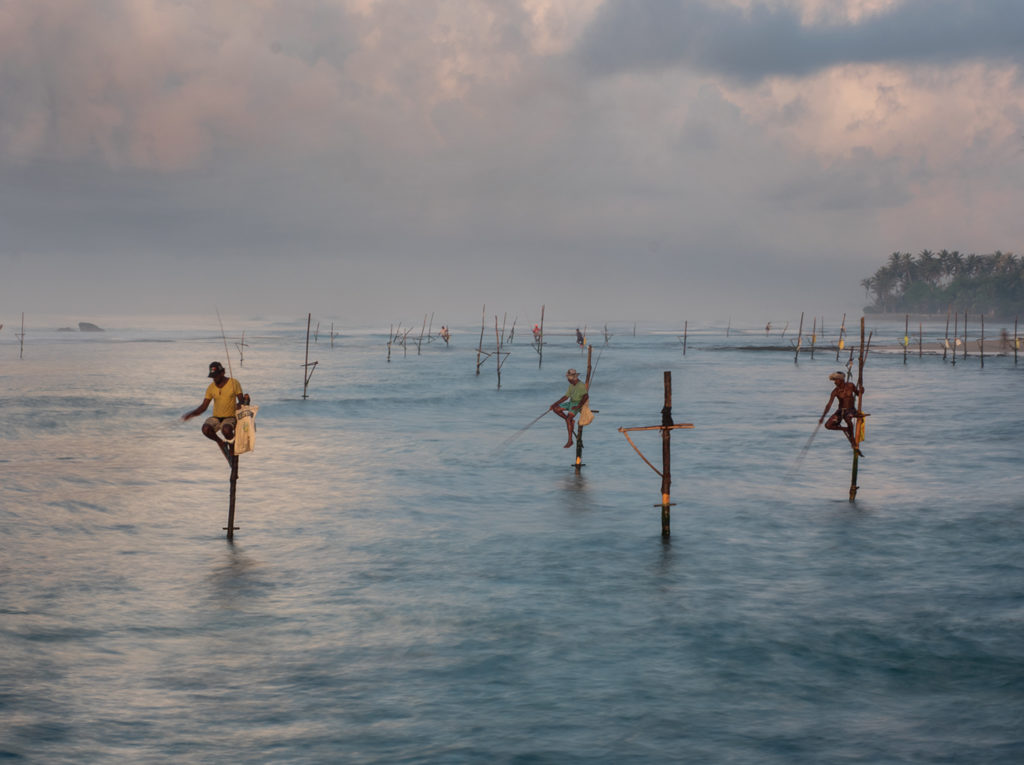
Sri Lankan stilt fishermen 40-150mm f2.8
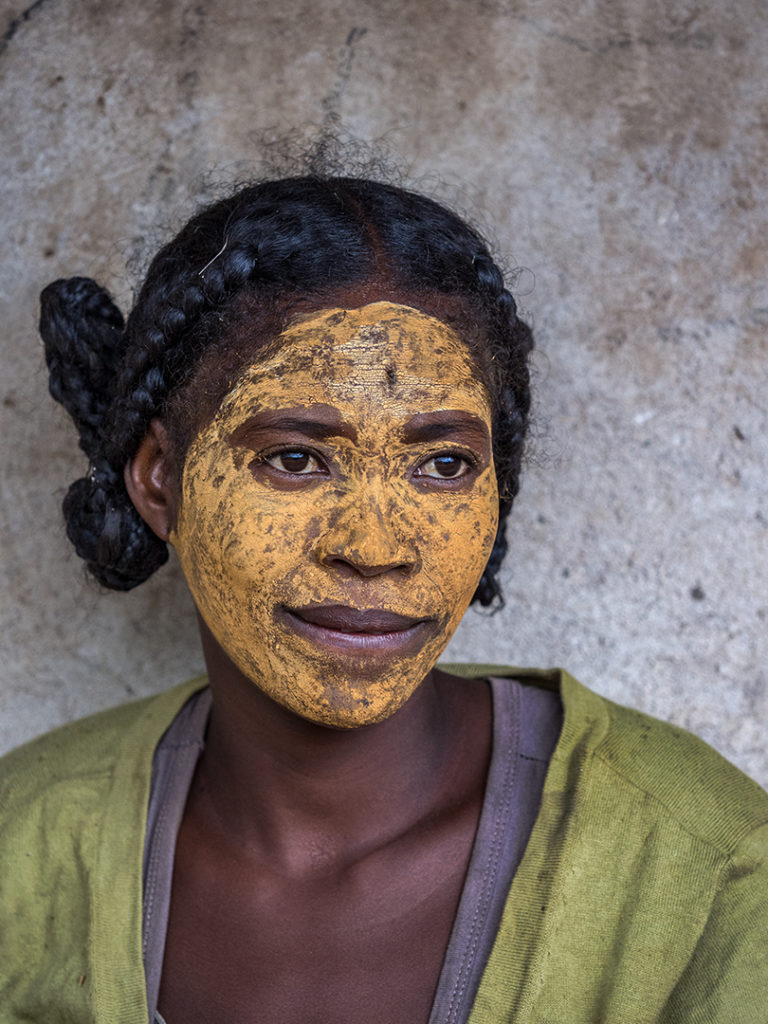
Bora tribal woman, Madagascar 40-150mm f2.8
In addition to extra working distance this length provides, a longer lens also starts to “compress” the photo: background and foreground start to appear on the same plane of interest. This also becomes a creative tool for the photographer.
Super-telephoto: 300mm f4
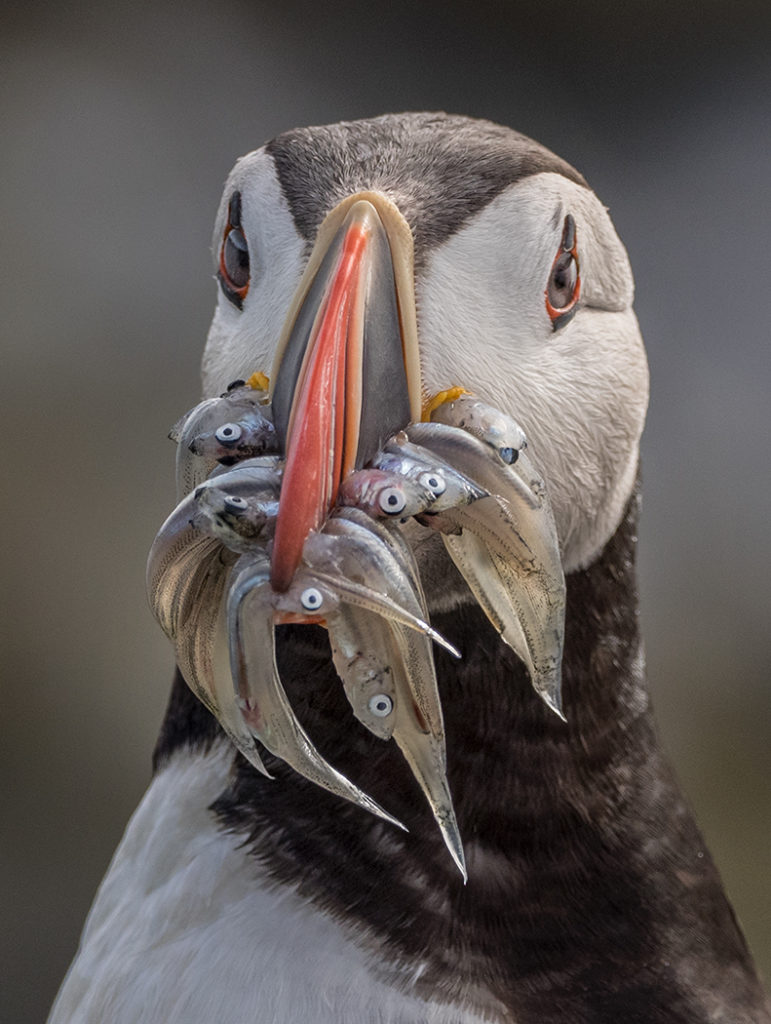
Puffin, Vigur Island, Iceland 300mm f4 + MC-14 Teleconverter
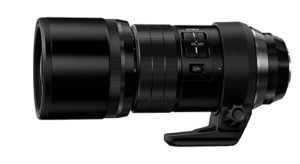
Olympus 300mm f4
Normally thought of as a wildlife or sports lens, one doesn’t normally think of a very long telephoto as a portrait lens. But, they absolutely have their place here. From the obvious situation of simply not being able to get close enough to the subject (think lions, hippos, polar bears, and hungry puffins,) to using the super “compression” these lenses provide (compressing being the nature of a super-telephoto to put everything on one plane of interest, foreground to background) a super-telephoto can drop out the background easily in terms of focus. This can be a creative tool when wanting to heavily emphasize the main subject of the photo.
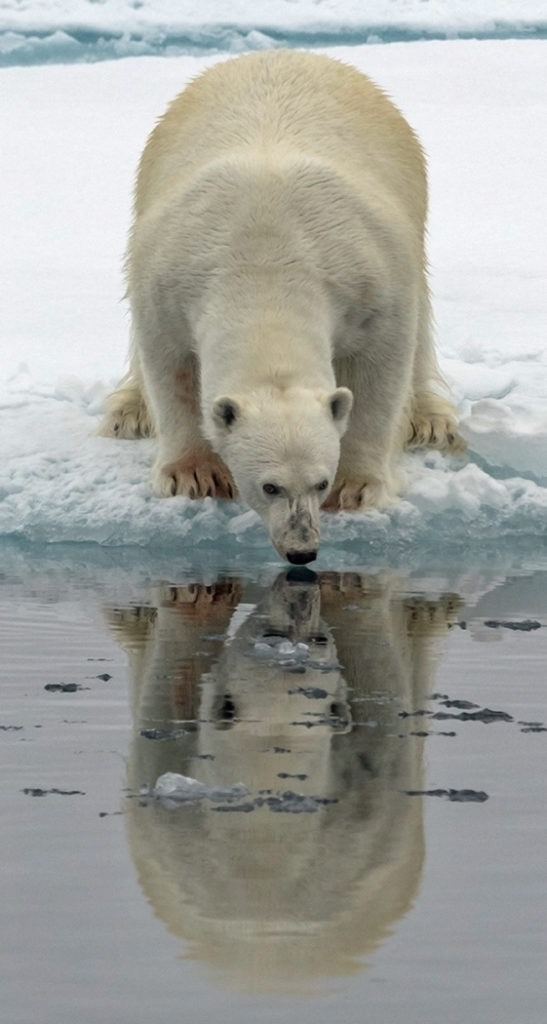
Polar bear 300mm f4 + MC 14 teleconverter
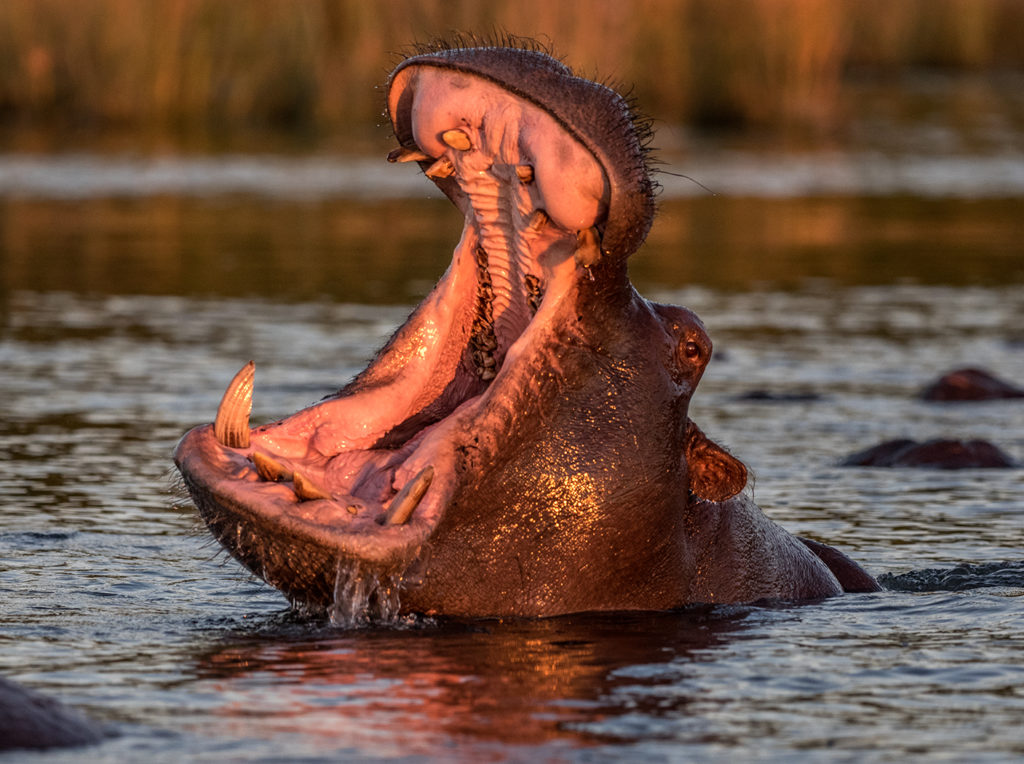
Hippo, Chobe River, Botswana 300mm f4
Super-fast prime lenses: 17mm f1.2, 25mm f1.2, 45mm f1.2
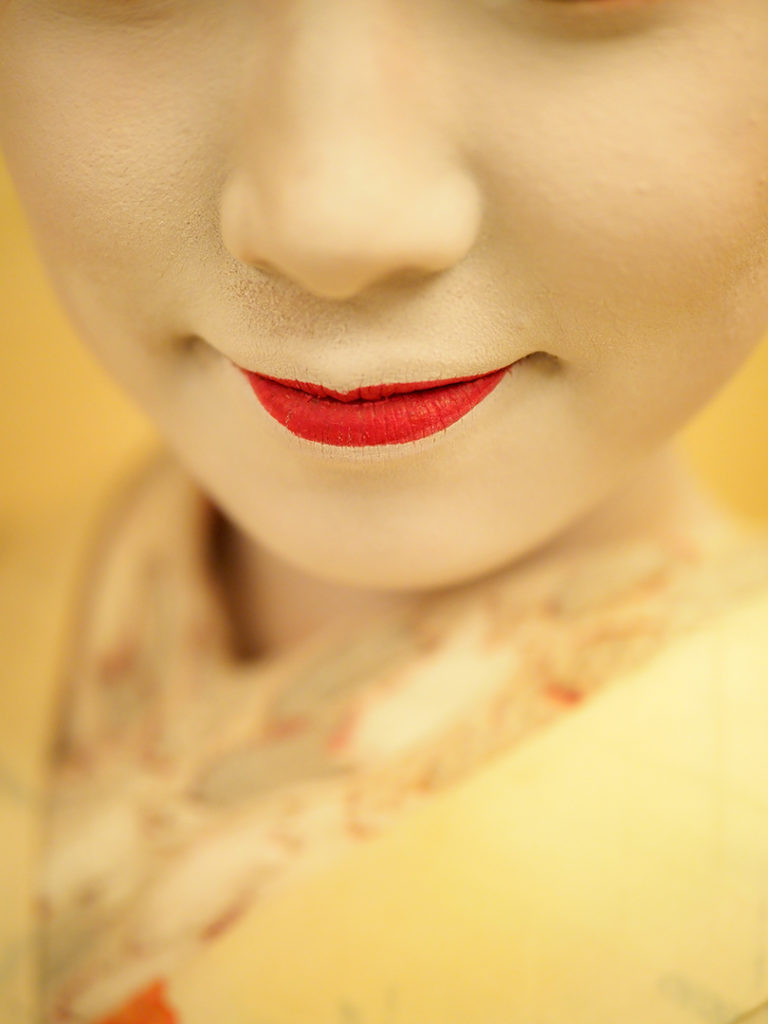
Geisha, Kyoto, Japan 25mm f1.2
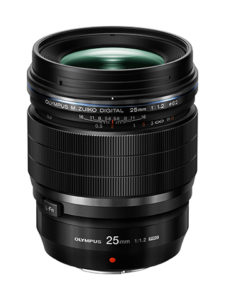
Olympus 25mm f1.2
By design, the super-fast Olympus Pro F1.2 lenses (the 17mm, 25mm, and 45mm) have a beautiful bokeh, very smooth and creamy, enhanced by its multi-blade diaphragm. I use these lenses often for their dramatic visual effect: minimal depth of field which “directs” the viewer where to look, as the sharpness is in on that layer of the image. These lenses also work incredibly well in low-light environments, where a higher shutter speed or greater aperture is desired.
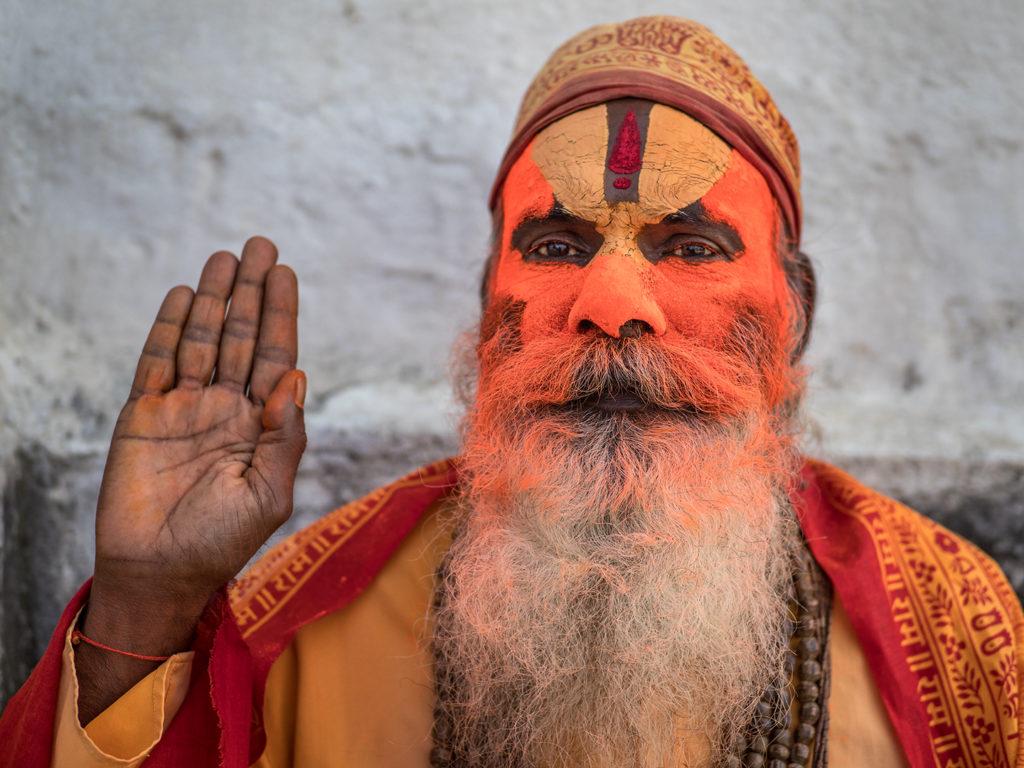
Holy man, Kathmandu, Nepal 25mm f1.2
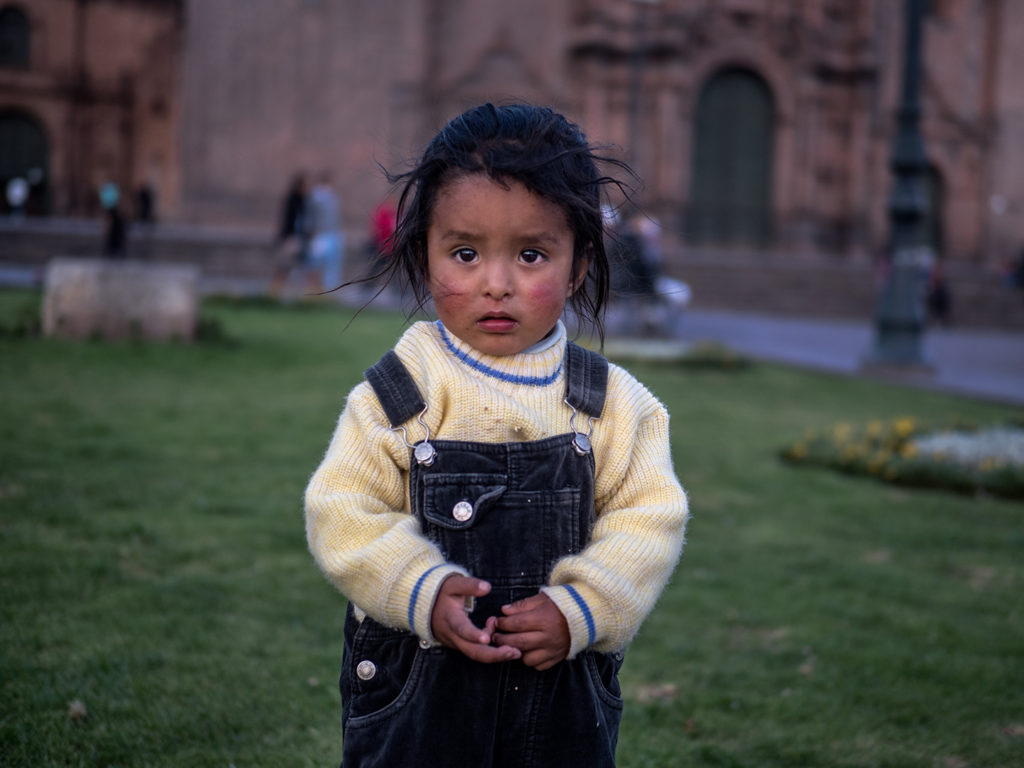
Cusco, Peru 25mm f1.2
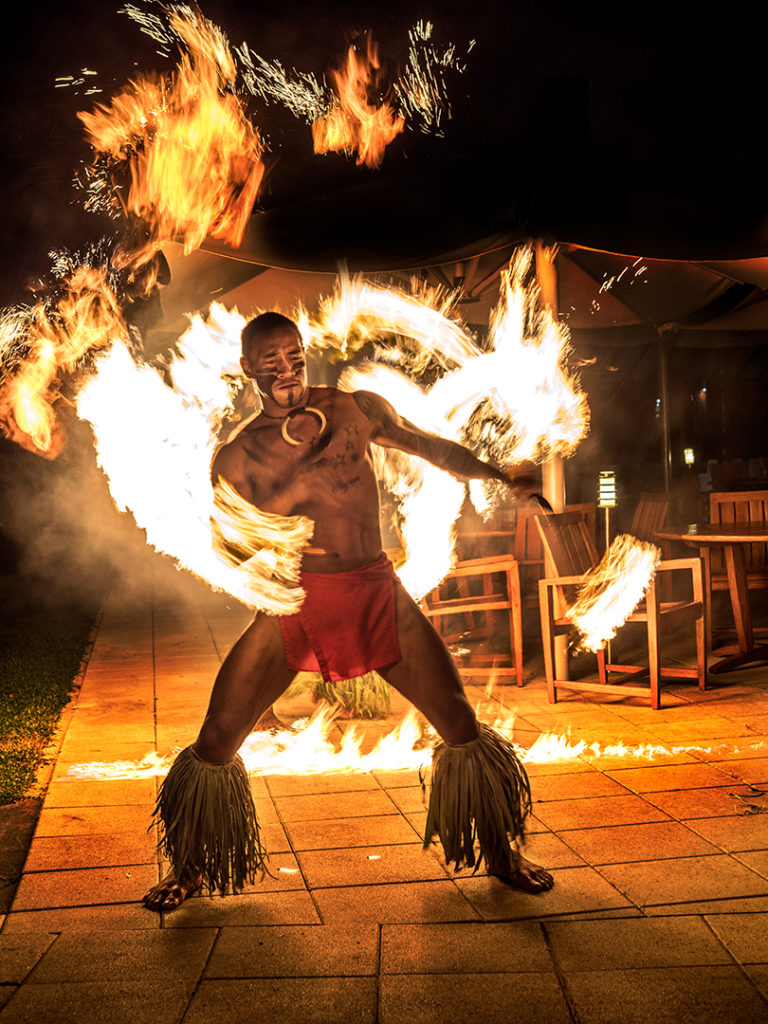
Samoan fire dancer 25mm f1.2



